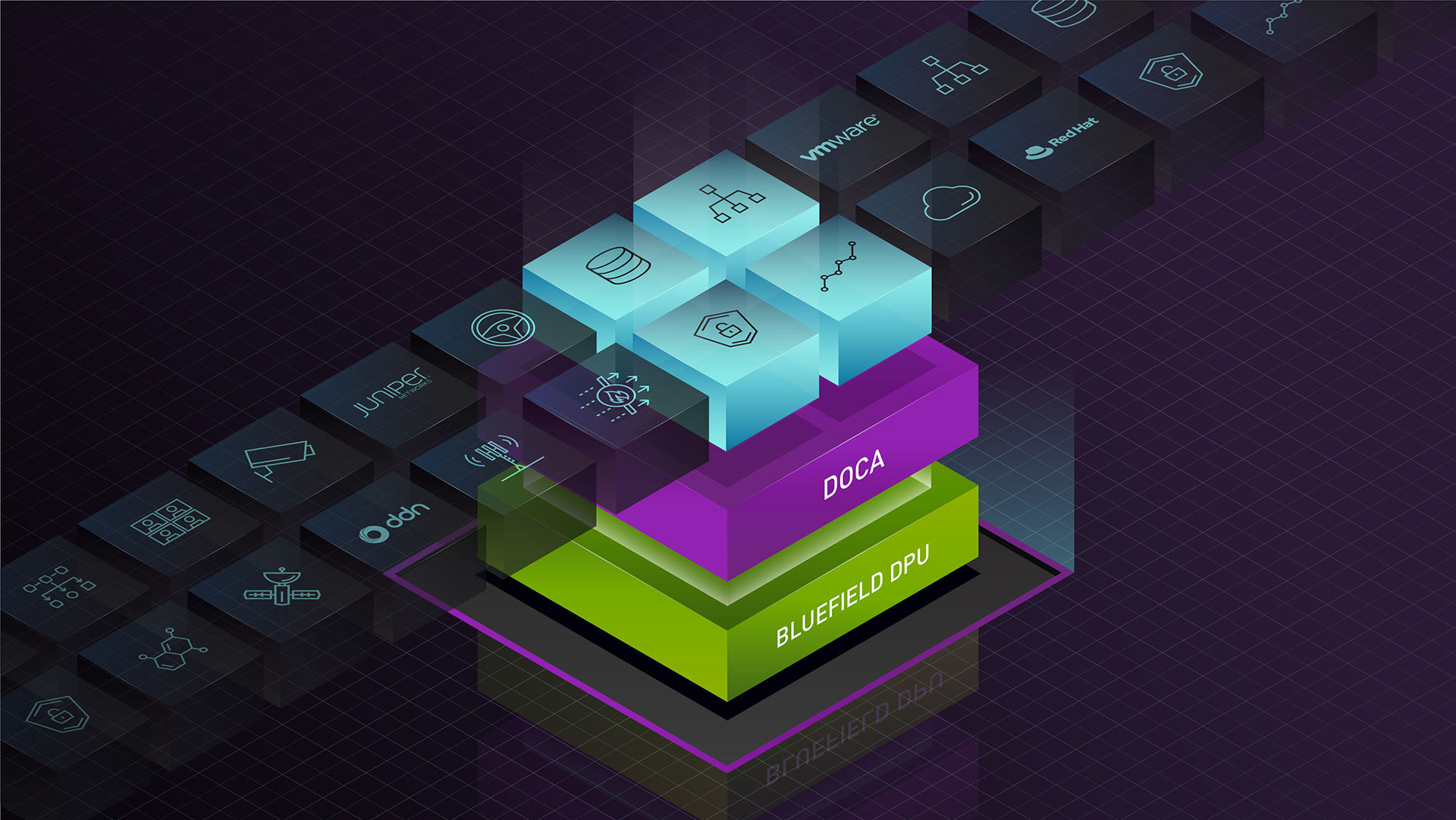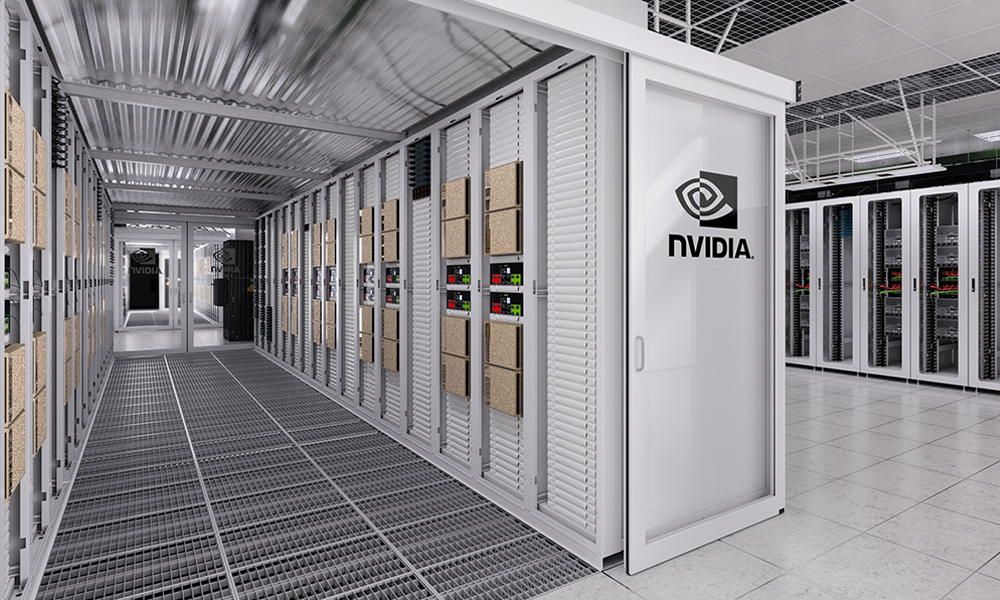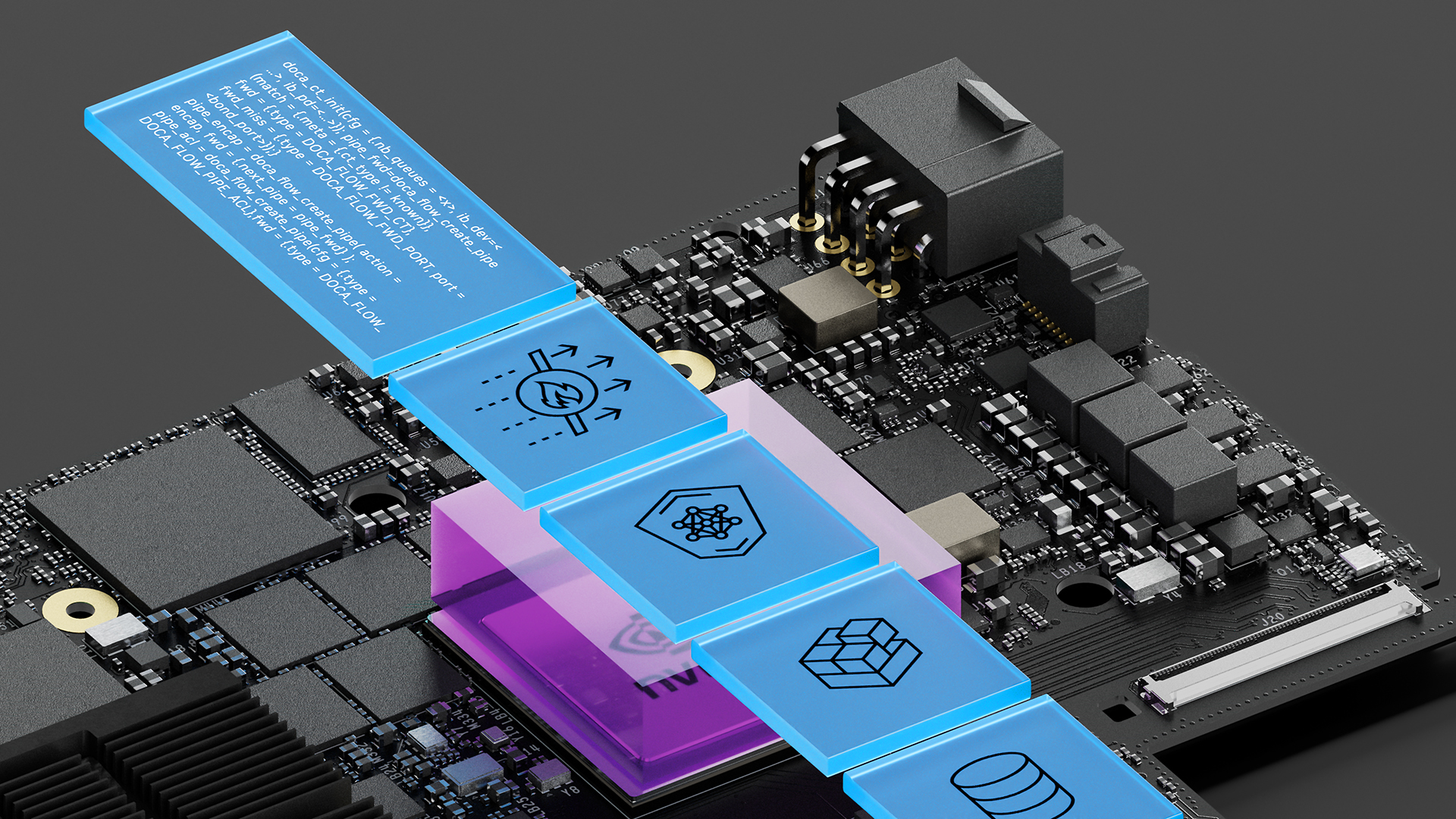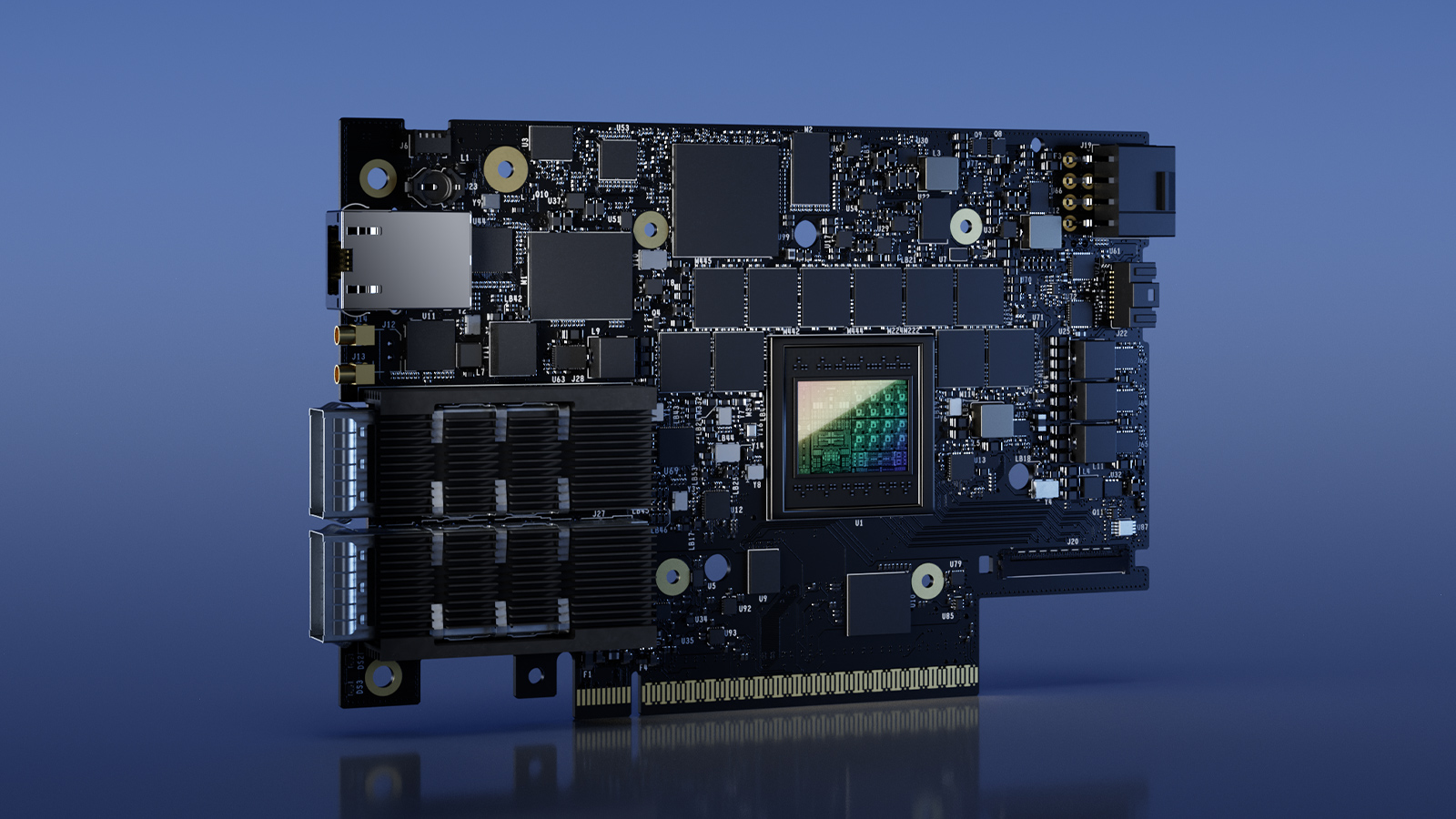This post was originally published on the Mellanox blog.
In part one, I said that the smart devices around us are changing our lives in remarkable ways. However, the infrastructure to support these smart innovations hasn’t fully evolved in terms of flexibility, performance, and efficiency. A software-defined world offers flexibility but at the cost of performance and efficiency. A hardware-defined world holds some distinct advantages in terms of performance but lacks flexibility.

To bridge the agility, performance, and efficiency gaps between hardware-defined and software-defined worlds, we must strike a balance between flexibility, performance, and efficiency. A hardware-accelerated, software-defined world is the ultimate nirvana for solving the total infrastructure efficiency challenges when building cloud-scale and cloud-native architectures. NVIDIA SmartNICs are at the forefront of the next infrastructure transformation with purpose-built hardware that complements and turbocharges software-defined infrastructure for cloud and communication service providers.

Smart network adapters offload common tasks from the CPU
Unlike basic, foundational, or regular NICs, SmartNICs, including the NVIDIA ConnectX family as well as the BlueField DPUs, are built on the key tenets of maximizing performance and agility without sacrificing efficiency. NVIDIA Smart Network Adapters or SmartNICs offer many smart networking offloads:
- Network overlay offloads for multi-tenant cloud data centers
- Virtual switch or virtual router offloads
- Flow classification
- Traffic steering
- Routing
- Switching
- Network address translation (NAT)
- Port address translation (PAT)
- Quality of service (QoS)
- Many other features that are handled inefficiently using general-purpose CPUs.
Storage offloads include RDMA over Converged Ethernet (RoCE), NVMe over Fabrics (NVMe-oF), Erasure Coding, iSER over RDMA, and so on. In addition, SmartNICs provide offloads to boost the performance of a variety of cloud-native workloads including AI using TensorFlow and big data using the Apache Spark and Hadoop frameworks.

BlueField high-performance DPU
When it comes to selecting the right high-performance SmartNIC for a network design task at hand, it is important to evaluate flexibility compared to efficiency. Achieving one at the expense of the other is like going back to the initial problem of hardware-defined networks compared to software-defined networks. ASIC-based intelligent network adapters such as the ConnectX family are ideal for well-defined, price-power-performance efficient networking offloads. Given that ASICs are preprogrammed for the highest efficiency in the silicon, flexibility isn’t the highest with such network adapters.
NVIDIA BlueField data processing units (DPUs) offer a combination of highly efficient and flexible networking for the SDX world. The BlueField DPU combines the flexibility of embedded Arm processors with the native offload capabilities of ConnectX ASICs, thus taking the smart networking to a whole new level. Due to the BlueField bump-in-the-wire architecture, it is the perfect SmartNIC for running network services such as virtual switch (vSwitch) or virtual router (vRouter) control and data planes, host isolation, traffic engineering, real time threat detection and mitigation, advanced storage offloads such as NVMe-oF, and so on, right on the wire. A quick comparison of SmartNICs based on price-performance, ease of programming, and flexibility is important when choosing the right tool for the network design job at hand.
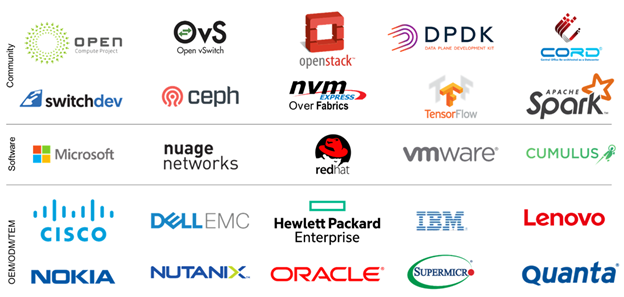
NVIDIA is the inventor and pioneer of the Smart Adapter technology. For a decade, smart network adapters such as the ConnectX series have been certified by all leading computer and storage server vendors including HPE, Dell, IBM, Cisco, Lenovo, Supermicro, Oracle, and Nokia. The world’s top cloud service providers, Web 2.0, and hyperscale customers including Microsoft Azure, Alibaba, and Tencent rely on NVIDIA to build their cloud-scale, virtualized data centers using NVIDIA smart adapters. As Albert Greenberg of Microsoft Azure mentioned in his ONS 2014 keynote, Microsoft Azure networking achieves a fantastic storage scale and efficiency using the performance and efficiency advantages of RoCE networking to make the storage cheaper. Also, several cloud providers have been using NVIDIA smart adapters to accelerate OpenStack networking.
Alibaba, the China e-commerce giant has been using NVIDIA smart adapter technologies such as RoCE and DPDK to optimize online transaction processing times and boost topline revenues. Tencent built a high-performance and low-latency artificial intelligence cloud service using NVIDIA Ethernet and InfiniBand smart network adapters. SmartNICs aren’t limited to only cloud-scale customers. Any business, service provider or large enterprise, that needs to achieve a competitive edge must think about building a smart cloud-scale infrastructure driven by total infrastructure efficiency.
As the world around us is becoming smarter, it is imperative that the next-generation cloud-scale infrastructure that is helping to connect billions of these smart things to consumers and business also becomes smarter. NVIDIA is leading the transformation of SmartNIC-driven cloud infrastructure. With end-to-end smart technologies surrounding us, the smart era has finally arrived!
For more information, see the following resources:

